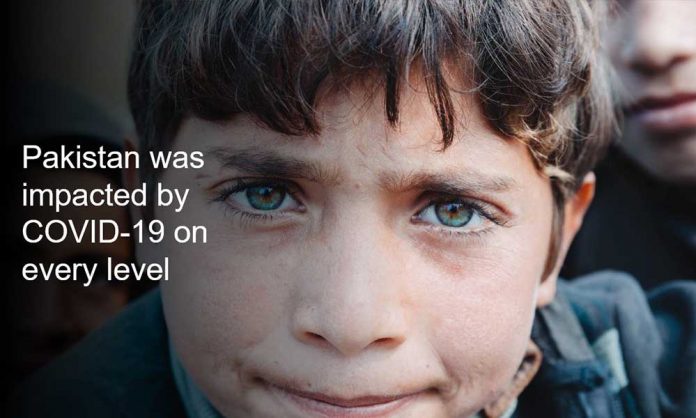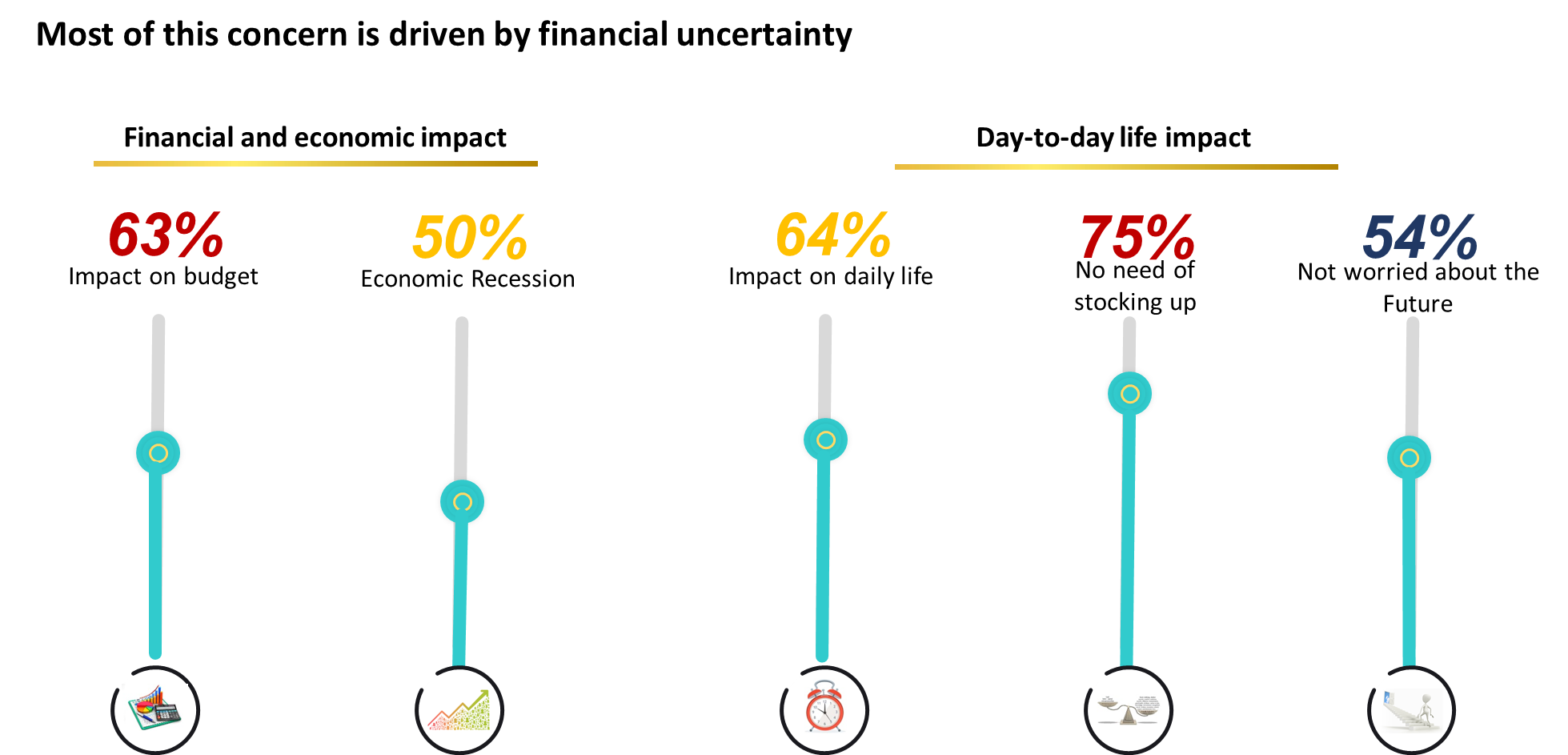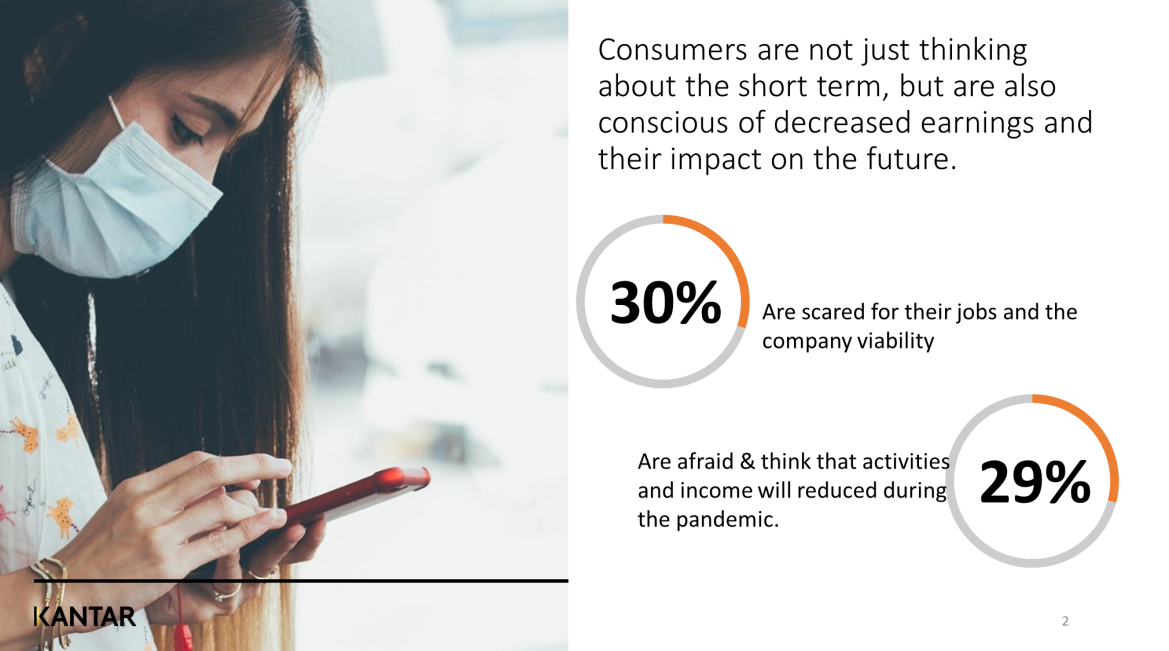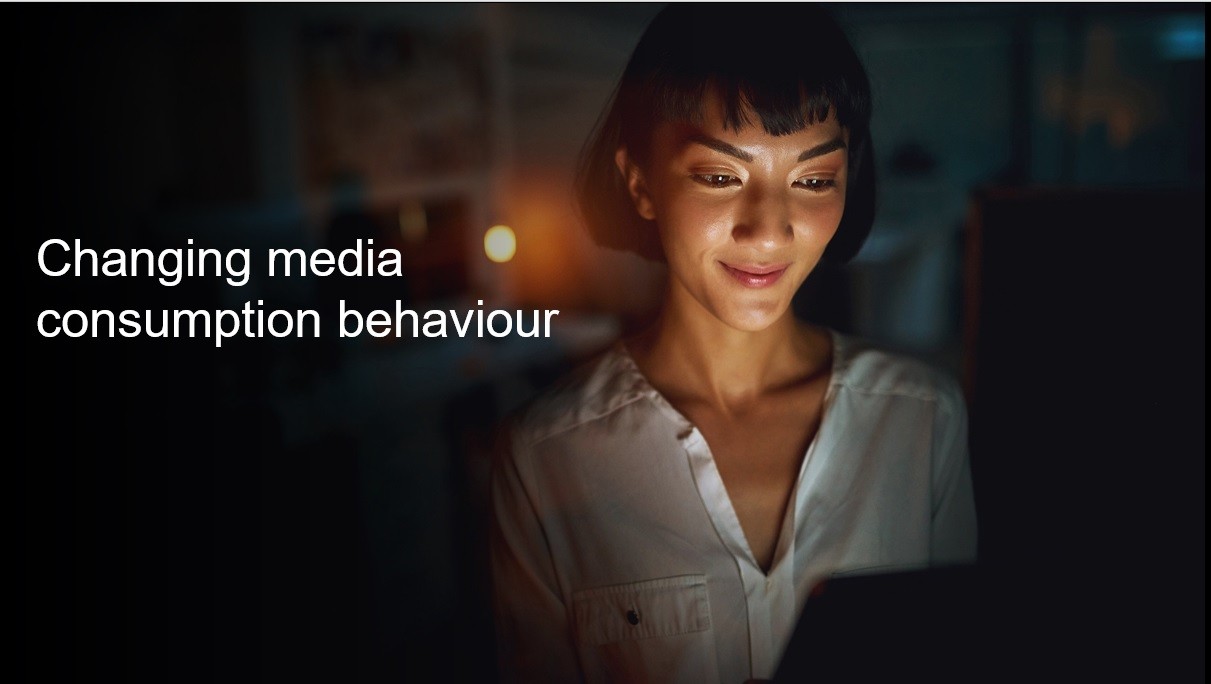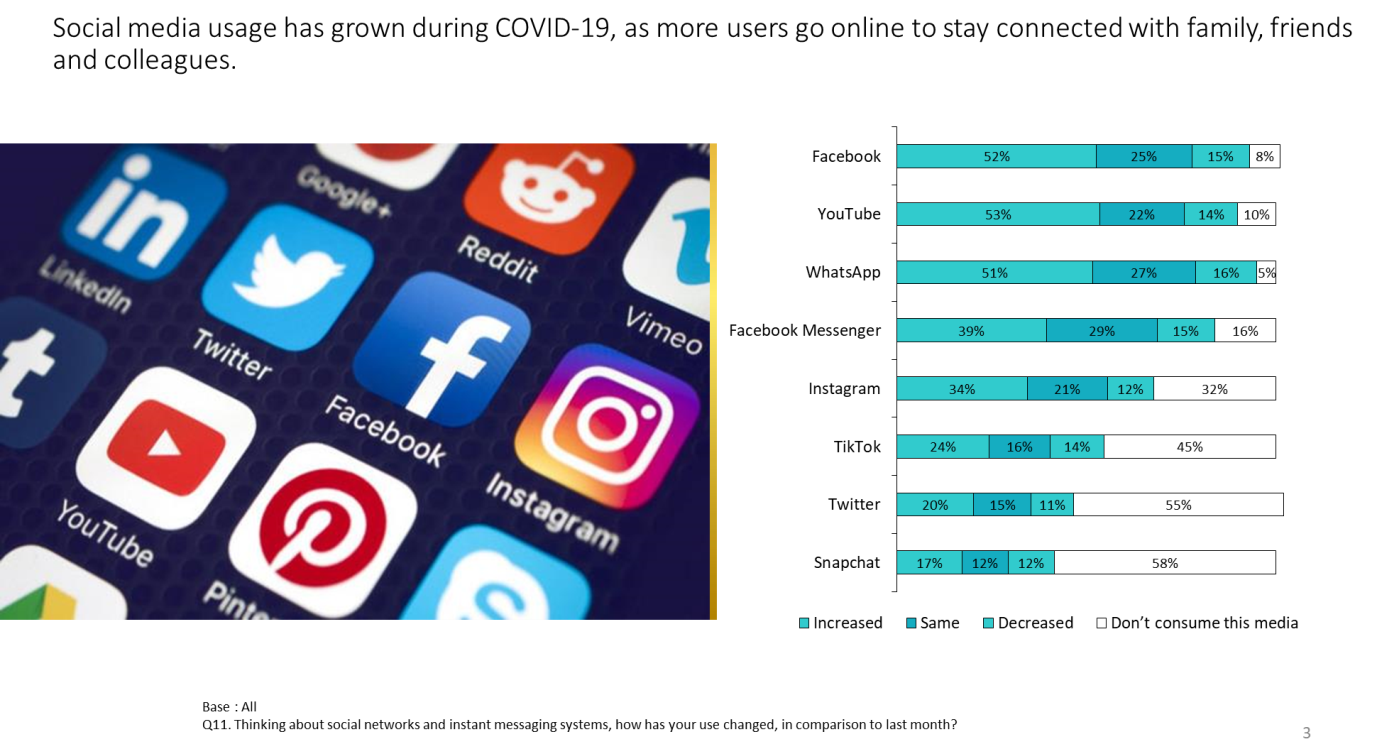Whilst most of us entered the New Year on a wave of cautious optimism, the pandemic continues to loom large, casting shadows on plans for speedy business recovery. Luckily, we have a year’s worth of consumer insights into just how life has changed in times of COVID-19 to help marketers, advertisers and strategists meet the new needs of consumers in 2021 for long-term brand success.
To truly understand the impact of COVID-19 on consumer attitudes, we turn to Kantar’s eight-wave syndicated COVID-19 Barometer study to guide brand decisions, with insights into how the pandemic has influenced behaviours, attitudes and expectations of more than 150,000 consumers in over 60 markets, including Pakistan since the pandemic began.
Purchase behaviours and media consumption, in particular, has changed, as well as the implications for brands and marketing to remain relevant in times of uncertainty. Because while the specifics of the times are changing quickly, there’s no denying that consumers are in it for the long haul, bracing for a global recession and delayed recovery. Despite longing to return to the freedom of life as we knew it, we’re also wary of the risk and know that it’s safest to do as much as we can from home.
Tighter wallets mean we’re more sensitive to price than before, looking for short-term bargains and value packs to see us through the long-term. We’re also increasingly adopting digital shopper habits, supplementing traditional store visits with online purchasing to try something new.
Brands would therefore do well to consider a hybrid omnichannel strategy, with new distribution channels and possible partnerships to bring your product or service to market in safe new ways.
Reassurance and guidance: Keys to getting closer to 2021’s consumer
There’s been the most consistency over the eight waves of the Barometer study amongst consumers looking for reassurance and comfort from the brands they’ve come to love and trust. Hence brands must ensure they meet this expectation by keeping products in stock, so they are top-of-mind and top-of-trolley. Drilling down further, we know that creativity is the number one brand asset the creative communication industry has control over. In order to share specific regional insights, Kantar Link-tested 73 ads from 2019 onwards in Pakistan, while also factoring in recent consumer sentiment to advertising, especially in addressing COVID-19.
As a nation of storytellers with a strong folklore culture, we find personal, humanized stories easy to relate to. Looking at the main platforms in use today, it’s no surprise that lockdown living has seen an increase in consumption of media easily accessible in-home, from binge-watching our new favourite shows to second-screening comments on social networks and simultaneously live-Googling plot twists. It’s therefore time to rethink and refresh brand communication for the digital era.
The purpose of brand purpose: Top tips for storytellers in these “unprecedented times”
Beware of being bland and falling into the trap of communicating in the homogenous way many took on in 2020. We know these times are different. Rather than stating so, show consumers how your brand differs and how you’ve pivoted to meet the new demands of today. That’s the power of brand purpose. It’s an opportunity to lead by example as consumers contemplate re-entering society. They want brands to lead by example and guide the change, so be practical and realistic in how you help consumers in their daily lives. No one expects world peace from their yoghurt or an end to global warming from their bank. Instead, people want proof of the small, tangible steps your brand is taking to help make life a little better for a person, community or part of the world, as actions have never spoken louder than words. The brands that emerge best will be those that take the time to understand these changes in their consumers and connect with messaging that’s brave, authentic and purposeful.
Stay tuned to Synergyzer!

